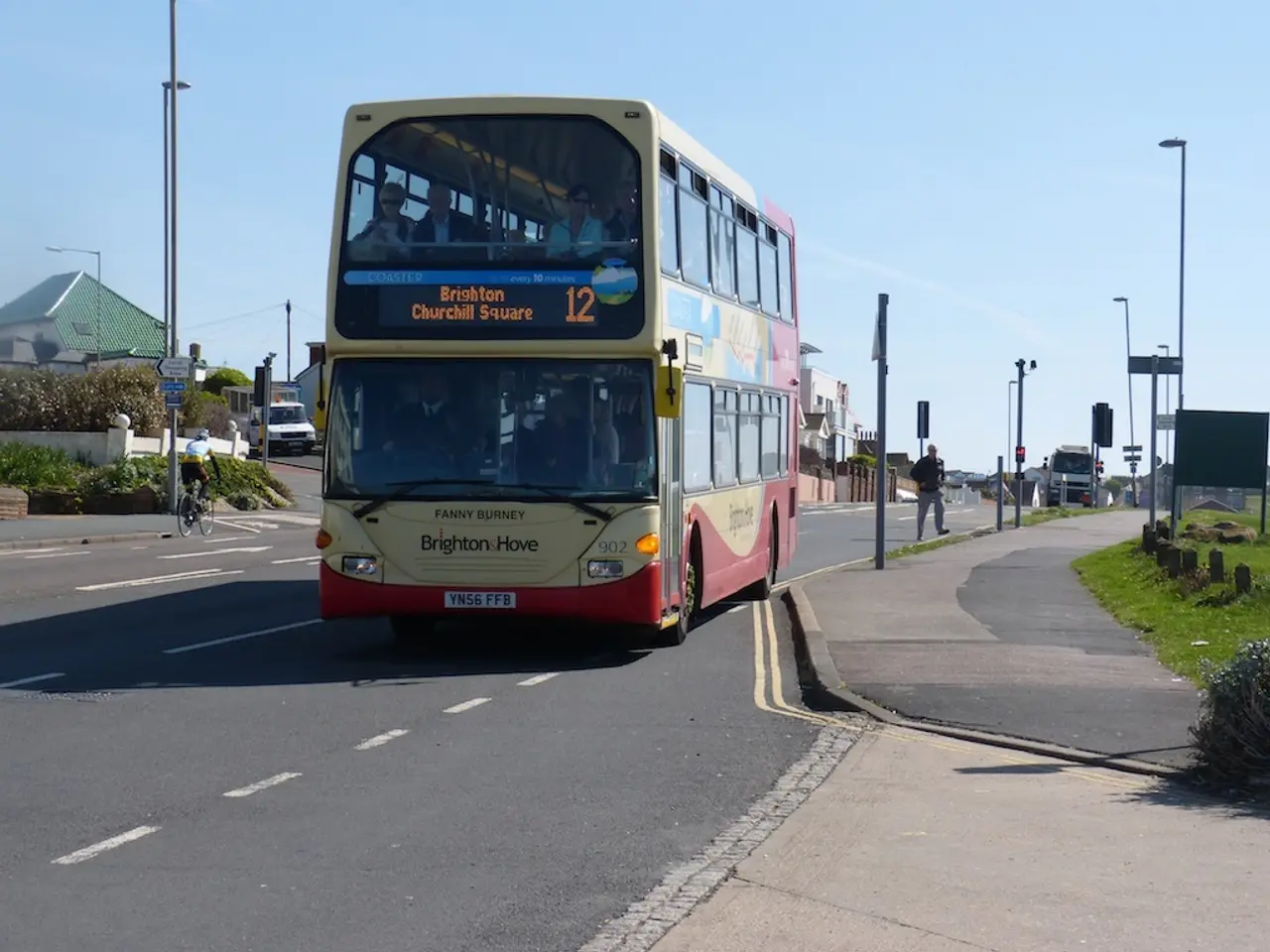Dual Executive Administration: A Look at the Double Engine Government Model's Future
The double-engine government model, a unique governance structure, is gaining traction in India, particularly among states where the ruling party at the center also governs the state. For instance, Uttar Pradesh has been a recent example of this model in action.
This model, in essence, is a politically unified approach where the same party controls both the state government and the central government. The idea is that with unified party control, governments can leverage cooperative political will to accelerate development projects and governance reforms without opposition obstruction.
The key differences between the double-engine model and the single engine government model lie in political alignment, policy implementation, accountability, and political narrative. Double engine governments, due to their political alignment, experience less political conflict and easier coordination, enabling faster policy implementation. However, this model concentrates responsibility, meaning that failures can directly reflect on the party in power without an alternative government to blame.
On the other hand, single engine governments, with split-party control, often face political opposition or gridlock, which can slow down governance. The results of the double-engine model can be mixed and disputed, with some states, like Bihar, lagging despite the BJP ruling at the center.
The double-engine theme is used by parties, notably the BJP, as a campaign slogan to promote voting for their party at both levels for "more development," contrasting with single engine states ruled by opposition parties.
However, critics argue that the double-engine government model may undermine state autonomy, centralize power, and favor political loyalty over regional needs. Over-reliance on the double-engine model could lead to reduced state independence, lack of checks and balances, and central dominance.
Despite these concerns, the double-engine government model is often highlighted in election campaigns as a promise for accelerated growth, improved governance, and better coordination with the central government. Many states have achieved strong economic and social development under different political leadership from the center.
The success of the double-engine government model depends on leadership quality, administrative efficiency, public trust, and the actual delivery of promised outcomes. It can function in coalitions if the state government supports central policies, though coordination may be slower.
States like Kerala or Tamil Nadu, governed by parties different from the center, operate without this model. These states have demonstrated that strong governance is not solely dependent on the double-engine model, and that political alignment between the center and state is considered the foundation of this model for policy synchronization.
Responses to the double-engine government pitch vary, with some valuing the promise of growth and others concerned about federal balance and autonomy. As the double-engine government model continues to evolve, it remains to be seen how it will shape India's political landscape in the coming years.
[1] https://www.thehindu.com/opinion/op-ed/the-double-engine-government-model/article38567521.ece [2] https://www.livemint.com/politics/news/bjp-s-double-engine-government-model-explained-11626591358963.html [5] https://www.financialexpress.com/opinion/double-engine-government-model-is-the-bjp-s-answer-to-indias-slow-growth/2369675/
For more information, please visit our website or contact us at 91 9848321284.
- This model, being promoted by parties like the BJP, suggests that resources and services can be efficiently utilized and projects accelerated in states where the ruling party at the center also governs the state, due to their 'unified party control.'
- The double-engine government model, while carving out a distinct political narrative, has raised concerns about its potential impact on policy-and-legislation and general-news landscape, as critics argue that it may undermine state autonomy and centralize power.
- In states like Kerala or Tamil Nadu, which operate without the double-engine government model, strong governance is not considered solely dependent on the model, providing evidence that political alignment between the center and state might not be the sole determining factor in policy synchronization.







